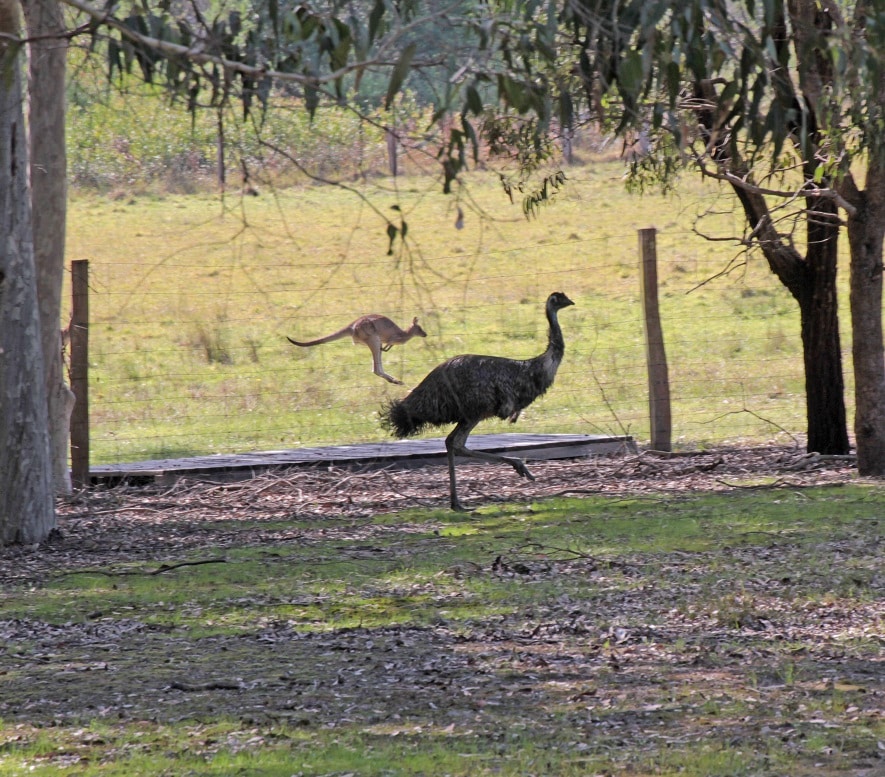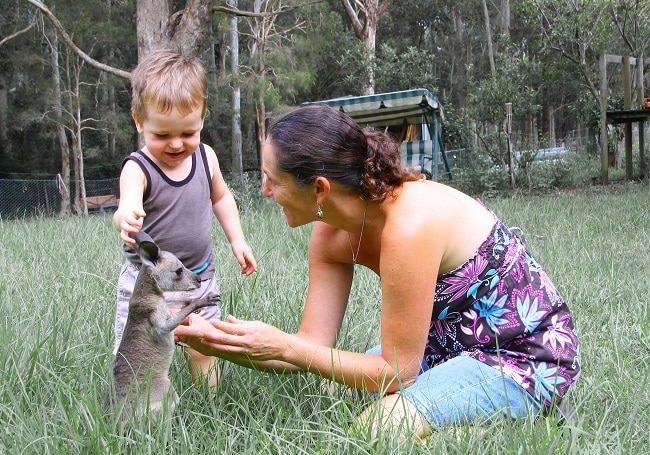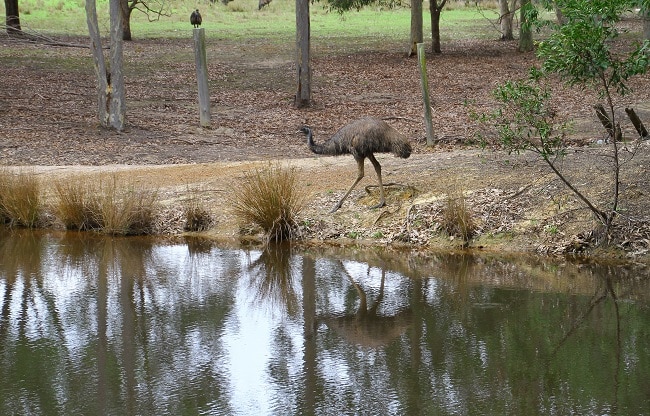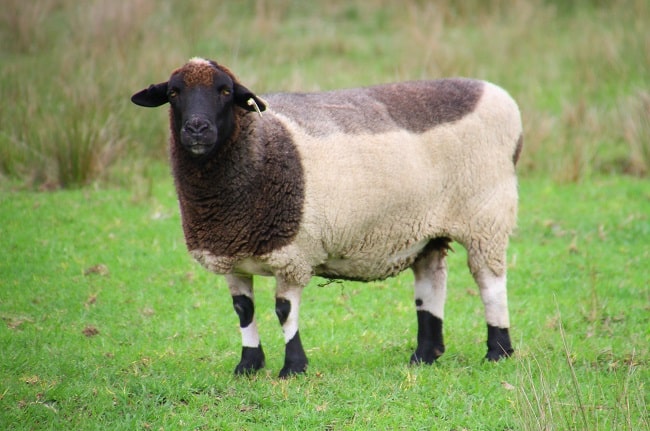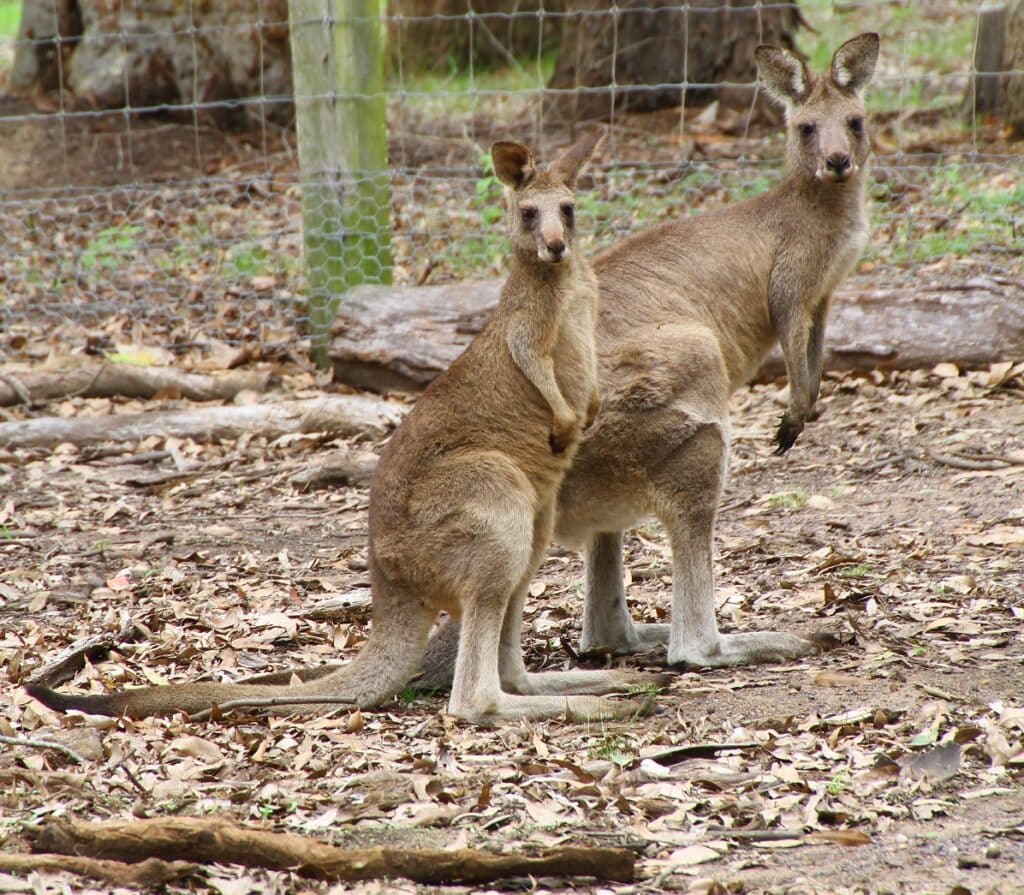Philip and Belinda Donovan are the owners of Mudgeroo Emu Farm and Animal Refuge, a property located approximately 15km south of Nowra. The property is a dedicated wildlife sanctuary used primarily for the rehabilitation of native and domestic animals. Philip and Belinda also offer farm stay accommodation to help fund their conservation efforts. It is their intent for it to continue in these purposes, providing a safe haven for all animals. In the longer term, Philip and Belinda would like to create a fire break around the perimeter of the property. Belinda is a qualified veterinary nurse and zoo keeper with approximately 25 years of experience with animal rehabilitation.
Mudgeroo Emu Farm and Animal Refuge covers 28.54 hectares of native bushland with approximately 4 hectares cleared for a homestead, shed and paddocks. There are two significant dams on the property as well as three smaller ones, providing an important water source for local wildlife and animals in care. Philip and Belinda have created rehabilitation facilities on the property for wombats and macropods including four wombat enclosures and two macropod enclosures.
Wildlife known to inhabit the property includes emus (Dromaius novaehollandiae), eastern grey kangaroos (Macropus giganteus), red-necked (Macropus rufogriseus) and swamp (Wallabia bicolor) wallabies, bare-nosed wombats (Vombatus ursinus), long-nosed bandicoots (Perameles nasuta), short-beaked echidnas (Tachyglossus aculeatus), lace monitors (Varanus varius), diamond pythons (Morelia spilota), red-bellied black snakes (Pseudechis porphyriacus) and eastern brown snakes (Pseudonaja textilis). The property is also home to an abundance of bird life including rainbow lorikeets (Trichoglossus moluccanus), black-cockatoos (Calyptorhynchus spp.), brown cuckoo-doves (Macropygia amboinensis), common bronzewings (Phaps chalcoptera), Australian magpies (Cracticus tibicen), butcherbirds (Cracticus spp.), laughing kookaburras (Dacelo novaeguineae) and superb fairy-wrens (Malurus cyaneus).

